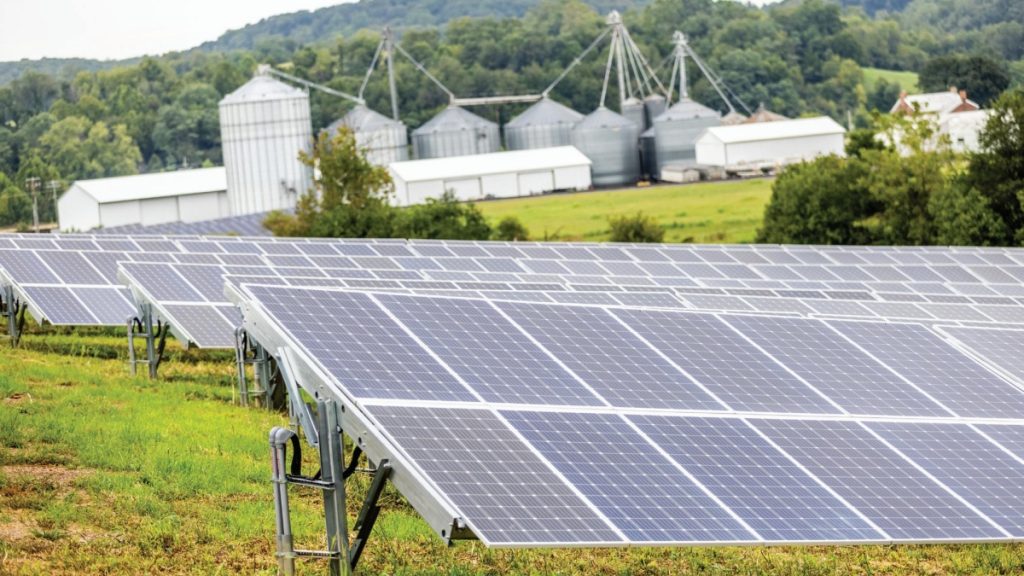In today’s world, the term “sustainability” is often thrown around, and for good reason. As we face growing environmental challenges, staunch environmental advocate Vikki Gerrard La Crosse says that finding energy sources that won’t harm the planet for future generations is crucial. One of the most promising solutions is solar power technology, which harnesses energy from the sun—an abundant, renewable, and free resource. But how exactly does solar power contribute to a sustainable future? Let’s dive into the role it plays and why it matters.
What is Solar Power?
Contents
Before we go deeper, let’s define solar power. Solar power captures the sun’s energy and converts it into electricity or heat. Solar panels, often seen on rooftops or in solar farms, contain photovoltaic (PV) cells that convert sunlight into electricity. This technology has been around for decades, but it’s only in recent years that it has gained significant traction as a major player in the global energy market.
The Environmental Impact of Solar Power
One of solar power’s most important benefits is its positive environmental impact. Unlike fossil fuels—such as coal, oil, and natural gas—solar energy doesn’t produce harmful emissions like carbon dioxide (CO2) that contribute to global warming. When we burn fossil fuels to generate electricity, we release large amounts of CO2 into the atmosphere, which traps heat and causes the Earth’s temperature to rise. This leads to climate change, resulting in extreme weather events, rising sea levels, and biodiversity loss.
On the other hand, solar power generates electricity without burning anything, meaning no harmful gases are released. Vikki Gerrard La Crosse explains this makes it a clean and green alternative to traditional energy sources, helping reduce our carbon footprint. The more solar power we use, the less we rely on polluting energy sources, and that’s a huge step toward protecting our planet.
Solar Power is Renewable
Another key role solar power plays in creating a sustainable future is that it’s renewable. This means it won’t run out—unlike fossil fuels, which are finite and will eventually be depleted. The sun is expected to shine for another 5 billion years, giving us an endless energy supply.
In contrast, the world’s oil reserves are expected to last only about 50 years at the current consumption rate. As fossil fuels become scarcer, Vikki Gerrard La Crosse WI points out that their extraction becomes more damaging and expensive to the environment. By investing in solar power now, we’re committing to a clean, renewable energy source that has been available for generations.
Solar Technology is Becoming More Affordable
Solar power has gained momentum in recent years due to the significant drop in costs. A decade ago, installing solar panels was expensive, and only a small percentage of people could afford it. However, technological advancements and increased production have led to a sharp decline in prices. Solar energy is now cheaper in many parts of the world than coal or natural gas. This makes it an attractive option for homeowners, businesses, and even entire countries.
Governments are also stepping in to encourage the use of solar power. Many countries offer incentives such as tax breaks, rebates, and grants to make solar installation more affordable. These efforts make it easier for individuals to adopt solar energy and help reduce dependence on non-renewable energy sources.
Energy Independence and Security
Relying heavily on imported fossil fuels for energy puts many countries at the mercy of international markets and foreign policies. Fluctuating oil prices or political instability in oil-rich regions can lead to energy insecurity. However, solar power can be generated locally, reducing the need for imported energy and giving countries more control over their power supply.
Adopting solar power can help countries achieve greater energy independence and stability. Vikki Gerrard La Crosse highlights that this boosts national security and protects economies from the volatility of fossil fuel markets.
Solar Power Creates Jobs
The transition to solar power also brings economic benefits. The solar industry is growing, creating jobs in various sectors such as manufacturing, installation, maintenance, and research.
According to the International Renewable Energy Agency (IRENA), the renewable energy sector will employ over 12 million people globally in 2022, with solar power being the largest contributor. As more people adopt solar energy, the demand for skilled workers in this field will only increase, offering new employment opportunities in a sustainable industry.
Solar Power and Innovation
Finally, solar power is driving innovation. Researchers and engineers constantly develop new technologies to make solar panels more efficient, affordable, and versatile. For example, advancements in battery storage technology allow excess solar energy to be stored and used when the sun isn’t shining, such as at night or during cloudy days. This addresses one of the main challenges of solar power—its intermittency.
In addition, innovations like solar roofing tiles and solar-powered vehicles are expanding how solar energy can be integrated into our daily lives. As technology evolves, solar power will become an even more essential part of the sustainable future.
Conclusion
Solar power technology is crucial in creating a sustainable future. It offers a clean, renewable source of energy that reduces our carbon footprint, helps us break free from finite fossil fuels, and promotes energy independence. The falling costs of solar technology, coupled with its potential for job creation and innovation, make it a key player in the fight against climate change. By embracing solar power today, we’re not just powering our homes and businesses—we’re powering a better future for the planet and future generations.


